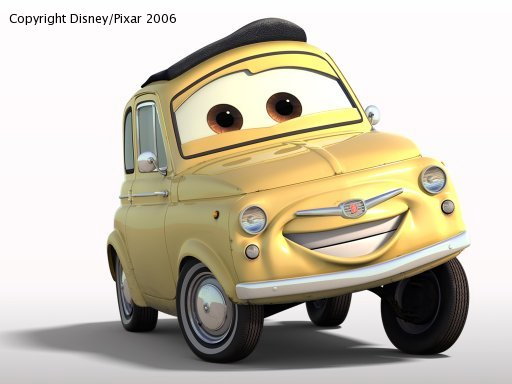

Per H. Christensen, Julian Fong, David M. Laur, Dana Batali
Abstract:
This paper describes how we extended Pixar's RenderMan renderer with
ray tracing abilities. In order to ray trace highly complex scenes we
use multiresolution geometry and texture caches, and use ray
differentials to determine the appropriate resolution. With this
method we are able to efficiently ray trace scenes with much more
geometry and texture data than there is main memory. Movie-quality
rendering of scenes of such complexity had only previously been
possible with pure scanline rendering algorithms. Adding ray tracing
to the renderer enables many additional effects such as accurate
reflections, detailed shadows, and ambient occlusion.
The ray tracing functionality has been used in many recent movies,
including Pixar's latest movie 'Cars'. This paper also describes some
of the practical ray tracing issues from the production of 'Cars'.
Paper (PDF)
Available in Proceedings of the IEEE Symposium on Interactive Ray Tracing
2006, pages 1-6. IEEE 2006

